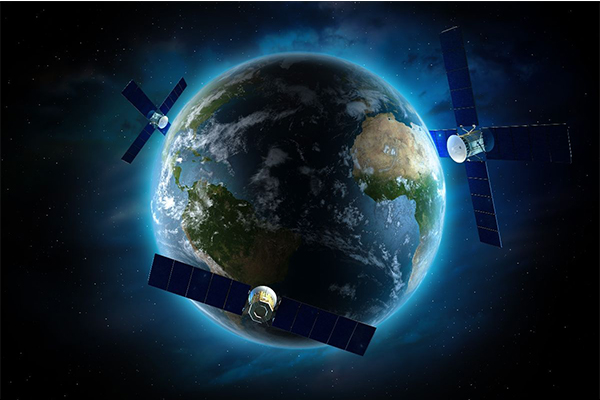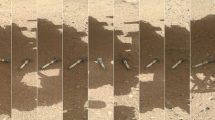Near-misses are nothing new, but with over 8,000 smallsats to be launched in the next decade, the chances of collision will continue to rise, the analyst said.
 The potential revenue to be lost by a satellite malfunction or mission disruption represents a $16bn cumulative loss between 2019 and 2028 when considering upcoming satellite supply, their mission profiles, lifetimes, orbits, and potential revenues to be generated, according to NSR.
The potential revenue to be lost by a satellite malfunction or mission disruption represents a $16bn cumulative loss between 2019 and 2028 when considering upcoming satellite supply, their mission profiles, lifetimes, orbits, and potential revenues to be generated, according to NSR.Near-misses are nothing new, but with over 8,000 smallsats to be launched in the next decade, the chances of collision will continue to rise. Results would be disruptive, to say the least, and not the way the satellite industry tends to endorse. Extraneous satellite manoeuvres, malfunction, orbital debris, loss of orbital slot, change in launch trajectory & schedule; these would be the minor consequences.
Until now, the industry has relied on government programs to track satellites and issue warnings. Given the growing threat, both government and commercial players have begun developing new Space Situational Awareness (SSA) services and capabilities for improved visibility and support.
NSR’s In-Orbit Servicing & Space Situational Awareness Markets, the third edition features industry-first forecasts of the size of the addressable and captured markets for SSA solutions. The key assumption behind the opportunity for serving commercial customers, such as satellite operators and insurers, is that the addressable market would not exceed the revenue potential of the at-risk satellites.
While the total addressable market for commercially-offered SSA services is forecasted to grow to an almost $7bn annual opportunity by 2029, the captured market is only expected to reach $1.5bn by the same year. As an emerging business, there are numerous obstacles to market adoption and growth.
First, there remains some market hesitation. Operators in both GEO and LEO have expressed doubt over the need for such services, believing the freely-available government programs to be sufficient. Some GEO operators only view space weather as a concern, given their higher orbits, thus limiting the SSA market.
Non-GEO has an inherently higher risk potential, in more densely-filled orbits, but some operators believe the risk to be more affordable and easily mitigated via replacement satellites and on-orbit spares.
Competition with government programs and policies will remain another challenge, acting as both obstacle and opportunity, as commercial SSA players must navigate around strict government restrictions, and the potential push/pull effect regarding insurance.
Some proponents believe that SSA services should be mandated, part of the licensing and certification behind satellite operations, while others wish to leave the market open.
Space is becoming crowded. With thousands of satellites set to launch this decade, the risk of mission disruption will only increase, representing a matter of concern both to the satellite industry and national security. Space Situational Awareness services represent a growing opportunity, a means to help with satellite “social” distancing, but the business case will remain muddied by conflicting interest and fragmentation of both demand and service supply.












Add Comment